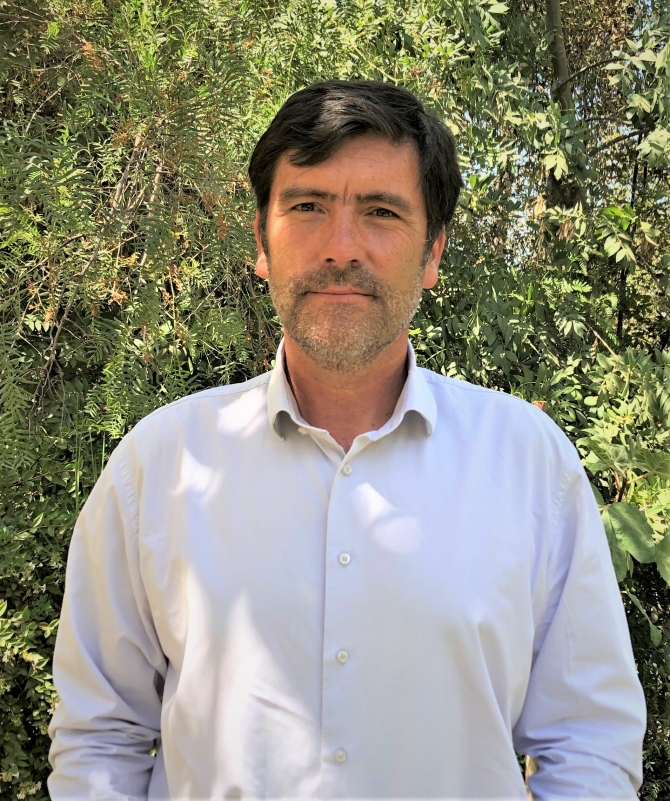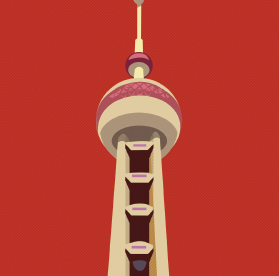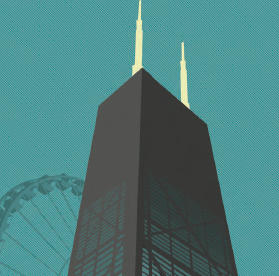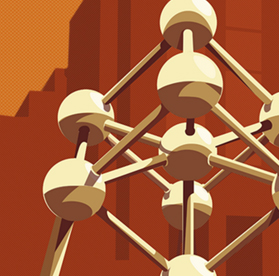In conversation with Francisco Bardi
Click on image to download high resolution version
We spoke to Francisco Bardi, Senior Consultant, Graphic Executive Management, and speaker at our upcoming Label Summit Latin America 2020, to get an insight into his presentation. He also shares his thoughts on some of the key trends in the region…
WELCOME! CAN YOU TELL US WHY YOU DECIDED TO PRESENT AT THIS YEAR’S LABEL SUMMIT LATIN AMERICA 2020 IN CHILE?
I received an invitation directly from the organisers of the Label Summit, which is an honour for me. I have attended several previous Label Summits and it is a very interesting instance where a number of relevant topics from the present and the future that brings us together are summarized. I think I am able to bring a complete view, drawing on my experience of over 25 years of leading the top converters of packaging and labels in the region.
To be part of the cultural change of the converting industry in tandem with clients is one of my dreams.
CAN YOU GIVE US A SNEAK PREVIEW OF WHAT YOU WILL BE SPEAKING ABOUT IN YOUR CONFERENCE SESSION?
My idea is to convey a general vision, which, crucially, is aimed at getting the supplier or converter to understand the new codes in the offer, starting with the final consumer to the rest of the supply chain, and how to keep translating these “behaviours” into a valuable offer.
The technology, the designs, the base materials, are elements that play a fundamental role in a high value execution, with the quality that the market demands. However, without trained commercial teams that do not have an understanding of what their entire process implies, it will not necessarily turn into a distinctive offer which goes beyond the ordinary or usual. You have to “decommoditize” the offer and have a narrative or sales story that manages to differentiate itself from the competition and attract customers.
IN YOUR EXTENSIVE EXPERIENCE OF CREATING SALES TEAMS AND PRODUCTION STRATEGIES IN THE GRAPHIC PACKAGING INDUSTRY, WHAT HAVE BEEN THE MOST SUCCESSFUL PROJECTS, AND WHY?
The most successful experience has undoubtedly been the design and then implementation of a new supply model that changed the way of offering, manufacturing and pricing for the demanding supply chain of the Chilean wine industry, which exports more than 85% of the volume that it produces annually.
In a sustained growth of almost two digits from the 90s to the 2010s, the SKU (scannable bar codes) explosion, given the customization of legal texts that are exported to more than 100 countries, meant that for both technology and teamwork with designers and suppliers of raw materials, we had to be prepared to supply within a short lead time (7 days on average) any of the 12,000 SKUs that could be generated as purchase orders.
In that context, the technology, the design of the production processes and the expertise to add value so that the final product stood out on the retail shelf, all meant a deep involvement with customers across all areas, developing long-term relationships and a true partnership.
What’s more, it also meant that not only could the vineyards improve the quality and design of their products, but also that local converters made efforts to raise technology standards. This is teamwork, also with the suppliers of raw materials who brought important innovations to the table.
The wine industry managed to position itself with world-class products, being today the fourth largest producer of wine worldwide.
IN YOUR OPINION, WHERE ARE THE BIGGEST GROWTH AREAS IN THE LABEL AND PACKAGE PRINTING INDUSTRY IN CHILE AND MORE WIDELY IN THE SOUTHERN CONE? HOW CAN CONVERTERS AND BRAND OWNERS TAKE ADVANTAGE OF THIS?
I think there is always room for technology to surprise us. In that sense, one must always be watching the leading converters and evaluate their applications in the market segment in which one finds him or herself.
But I am convinced that the growth comes from the side of the converter that manages to “decommoditize its offer” by complementing its product (label) with innovative resources that add value not only to our customers but also to final consumers, and are increasingly environmentally friendly.
In the wine industry in general, there is a space to apply these innovations. In the mass consumption beer sphere there are also opportunities on offer.
In this sense, our customers’ marketing has a key role of being open to receiving innovations from their suppliers that could be implemented, and give value to their products on the retail shelf.
WHAT DO YOU SEE ARE THE BIGGEST CHALLENGES FACING THE LABEL AND PACKAGE PRINTING INDUSTRY IN CHILE, AND MORE WIDELY IN THE SOUTHERN CONE, FOR THIS COMING DECADE?
In my opinion, the main challenge is to understand the final consumer and their decision-making drivers. With this, one goes has to go back through the whole supply chain using the available technology to create a valuable conversation with the designers and the clients offering “solutions” and “ideas”.
How to ensure, for example, that the purchase is also an "experience" is something that involves joining other elements available in the market such as incorporating devices that allow communication with the end customer (RFID technologies), or using augmented reality (allowing messages, videos, games, etc to be transmitted) that can be "read" through cellular devices.
In short, the sale of labels is not just manufacturing and delivery. The demand today is much more complex and requires training of human teams not only in the technology but also in terms of marketing, planning, and permanent connections with complementary suppliers that enable an enhanced offer to the customers so that their product stands out from thousands that are at the point of sale.
Hear from Francisco at the session “Meeting changing demands for labels in a changing era” which takes place from 15:00-15:30 on Tuesday 10 March.
Read Francisco’s biography here.






